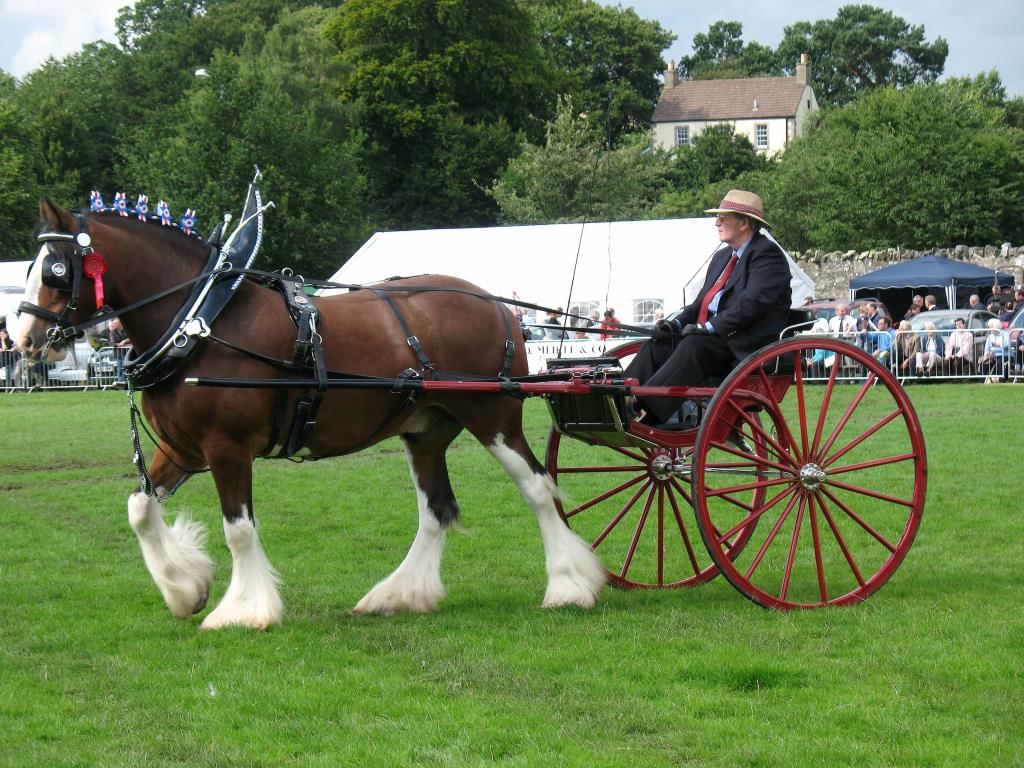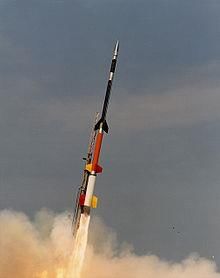NCERT Solutions for Class 8 Science Chapter 8 - Force and Pressure
Exercises
Q1. Give two examples each of situations in which you push or pull to change the state of motion of objects.
Ans: Examples of situations in which you push or pull to change the state of motion of objects.
1. Pull situations
(a) In order to open a drawer, we have to pull it. This action changes the state of motion of the drawer.
(b) To draw water from the well, the rope is pulled. This action changes the state of motion of the bucket
(c) Horse pulling a cart to move stuff or people. This action changes the state of motion of the cart.
2. Push Situations
(a) A football is pushed by the foot of a player. This action changes the state of motion of the ball.
(b) In order to change the place of the heavy box from one room to another, we have to push it. This action changes the motion of the box.
 Horse Pulling a Cart
Horse Pulling a Cart
Q2. Give two examples of situations in which applied force causes a change in the shape of an object.
Ans: Two examples in which applying force causes a change in the shape of an object are:
1. Squeezing toothpaste
2. Stretching of a rubber band
Q3. Fill in the blanks in the following statements:
(a) To draw water from a well we have to _____at the rope.
Ans: Pull
(b) A charged body______an uncharged body towards it.
Ans: Attracts
(c) To move a loaded trolley we have to______it.
Ans: Push or Pull
 Moving a Loaded Trolley(d) The north pole of a magnet ______ the north pole of another magnet.
Moving a Loaded Trolley(d) The north pole of a magnet ______ the north pole of another magnet.
Ans: repels
Q4. An archer stretches her bow while taking aim at the target. She then releases the arrow, which begins to move towards the target. Based on this information fill up the gaps in the following statements using the following terms:
muscular, contact, non-contact, gravity, friction, shape, attraction
(a) To stretch the bow, the archer applies a force that causes a change in its ________.
Ans: Shape
(b) The force applied by the archer to stretch the bow is an example of ______ force.
Ans: Muscular
(c) The type of force responsible for a change in the state of motion of the arrow is an example of a_____ force.
Ans: Contact
(d) While the arrow moves towards its target, the forces acting on it are due to _____and that due to_____of air.
Ans: Gravity, friction
Q5. In the following situations identify the agent exerting the force and the object on which it acts. State the effect of the force in each case.
(a) Squeezing a piece of lemon between the fingers to extract its juice.
Ans: Agent exerting the force: Fingers
Object on which force acts: Lemon
Effect of force: Change in shape of lemon
(b) Taking out paste from a toothpaste tube.
Ans: Agent exerting the force: Fingers
Object on which force acts: Toothpaste tube
Effect of force: Change in shape of toothpaste tube.
Load Suspended from a Spring
(c) A load suspended from a spring while its other end is on a hook fixed to a wall.
Ans: Agent exerting the force: Load
Object on which force acts: Spring
Effect of force: Change in shape of spring.
(d) An athlete making a high jump to clear the bar at a certain height.
Ans: Agent exerting the force: Muscles of Athlete
Object on which force acts: Athlete
Effect of force: Change of state of motion of athlete
Q6. A blacksmith hammers a hot piece of iron while making a tool. How does the force due to hammering affect the piece of iron?
Ans: When a blacksmith hammers a hot piece of iron to make a tool, he exerts muscular force on it. This muscular force changes the shape of iron to give it the desired shape.
Q7. An inflated balloon was pressed against a wall after it has been rubbed with a piece of synthetic cloth. It was found that the balloon sticks to the wall. What force might be responsible for the attraction between the balloon and the wall?
Ans: An electrostatic force is responsible for the attraction between balloon and wall. When an inflated balloon is rubbed with a piece of synthetic cloth, it becomes charged. A charged body attracts an uncharged body. Hence, on pressing balloon against a wall, it sticks to the wall.
Inflated Balloon Stuck to a Wall
Q8. Name the forces acting on a plastic bucket containing water held above ground level in your hand. Discuss why the forces acting on the bucket do not bring a change in its state of motion.
Ans: In this case, muscular force is acting in upward direction and the force of gravity is acting in downward direction. Both forces are acting in opposite directions to each other and hence nullify the effect of each other. Due to this, there is no change in the state of motion of the bucket.
Q9. A rocket has been fired upwards to launch a satellite in its orbit. Name the two forces acting on the rocket immediately after leaving the launching pad.
Ans: The two forces on the rocket immediately after leaving the launching pad are:
1. Gravitational Force: It is force acting on rocket pulling it in the downward direction.
2. Frictional force: It is the force acting due to presence of earth’s atmosphere, which opposes its motion in upward direction.
 Rocket Fired Upwards
Rocket Fired Upwards
Q10. When we press the bulb of a dropper with its nozzle kept in water, air in the dropper is seen to escape in the form of bubbles. Once we release the pressure on the bulb, water gets filled in the dropper. The rise of water in the dropper is due to
(a) pressure of water
(b) gravity of the earth
(c) shape of rubber bulb
(d) atmospheric pressure
Correct Answer is Option (d)
Due to the atmospheric pressure, there is a rise of water in the dropper.
When all the air escapes from the nozzle, the atmospheric pressure which is acting on the water forces the water to fill the nozzle of the dropper.
|
136 videos|530 docs|57 tests
|
FAQs on NCERT Solutions for Class 8 Science Chapter 8 - Force and Pressure
| 1. What is Force and Pressure? |  |
| 2. What is the SI unit of pressure? |  |
| 3. What are the different types of forces? |  |
| 4. What is the formula to calculate pressure? |  |
| 5. What are the applications of pressure in daily life? |  |

















